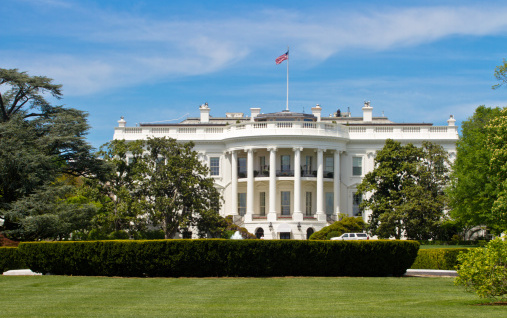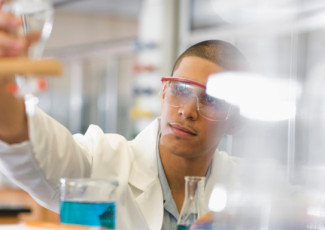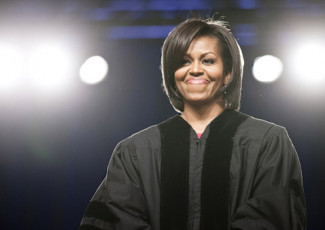White House Event Is More Than Just a Day of Action
By Sonya Stinson
December 19, 2014
The chancellor of the Dallas County Community College District attended the recent White House College Opportunity Day of Action. He shares what his colleges are doing to meet a key administration goal: increase the number of STEM graduates.
Hopefully, community college leaders who attended the College Opportunity Day of Action at the White House on December 4, 2014, left the event feeling encouraged about their mission to improve student success.
“Anytime you have the president of the United States and the vice president of the United States involved in an event that engages higher-education leaders, it speaks volumes about the perceived importance and the value of what we do as institutions,” says Joe May, chancellor of the seven-college Dallas County Community College District (DCCCD).
The inclusiveness of the event, with leaders from institutions ranging from community colleges to Research I universities, “also sent a powerful message,” May says.
The College Opportunity Day of Action was a follow-up to the inaugural White House College Opportunity Summit in January. Participants at the latest event submitted pledges of specific actions they would take to help students prepare for and graduate from college. They were asked to focus their commitments on one of four areas:
- Creating college networks focused on boosting completion
- Forming K-16 partnerships to promote college readiness
- Hiring high school counselors as part of the first lady’s Reach Higher Initiative to inspire all U.S. students to extend their education beyond high school
- Increasing the number of graduates in science, technology, engineering and mathematics (STEM) fields
DCCCD’s focus on STEM
Facing a soaring regional demand for technology and health care workers, DCCCD is concentrating its efforts on STEM education. The economy in north Texas, especially the Dallas-Fort Worth area, is growing rapidly, May says, resulting in an additional 200,000 new jobs within the last two years.
In industries like health care, construction, logistics, micro-processing and electronics manufacturing, demand for qualified workers is outpacing supply. At the same time, however, the area is experiencing a dramatic increase in poverty.
“Those two [trends] shouldn’t be occurring together in our economy,” May says. “What’s happening is that employers can’t find a skilled workforce. People want jobs but don’t have the skills to get them. So we’re not in sync with each other.”
Community college leaders in the district are trying to more closely match the education and training of their science and technology programs to existing local job opportunities. DCCCD administrators meet often with employers to discuss ways the colleges can better address workforce needs, either by expanding existing programs or adding new ones.
Working with high schools
A key element of the DCCCD action plan is outreach to high schools. The district is launching a STEM Career Awareness campaign in 2015, in partnership with the Dallas Independent School District. The campaign will feature an interactive online platform for middle and high school students that will help them learn about DCCCD study programs that lead to STEM jobs, summer bridge programs and scholarships. DCCCD plans to expand the program to at least seven more Dallas County independent school districts over the next 18 months.
Additionally, DCCCD operates five early-college high schools in partnership with local public schools and runs a local charter school. Students at DCCCD-run schools are invited to apply to the STEM Institute, a competitive program that offers scholarships, career seminars, and access to summer internship and research opportunities to move students toward community college degrees, transfer to four-year institutions and STEM careers.
With the help of the STEM Institute and other initiatives, DCCCD hopes to recruit 1,200 more STEM students annually and achieve a 50 percent graduation rate by 2020.
What programs has your college put in place to improve student success? Tell us in the Comments.






